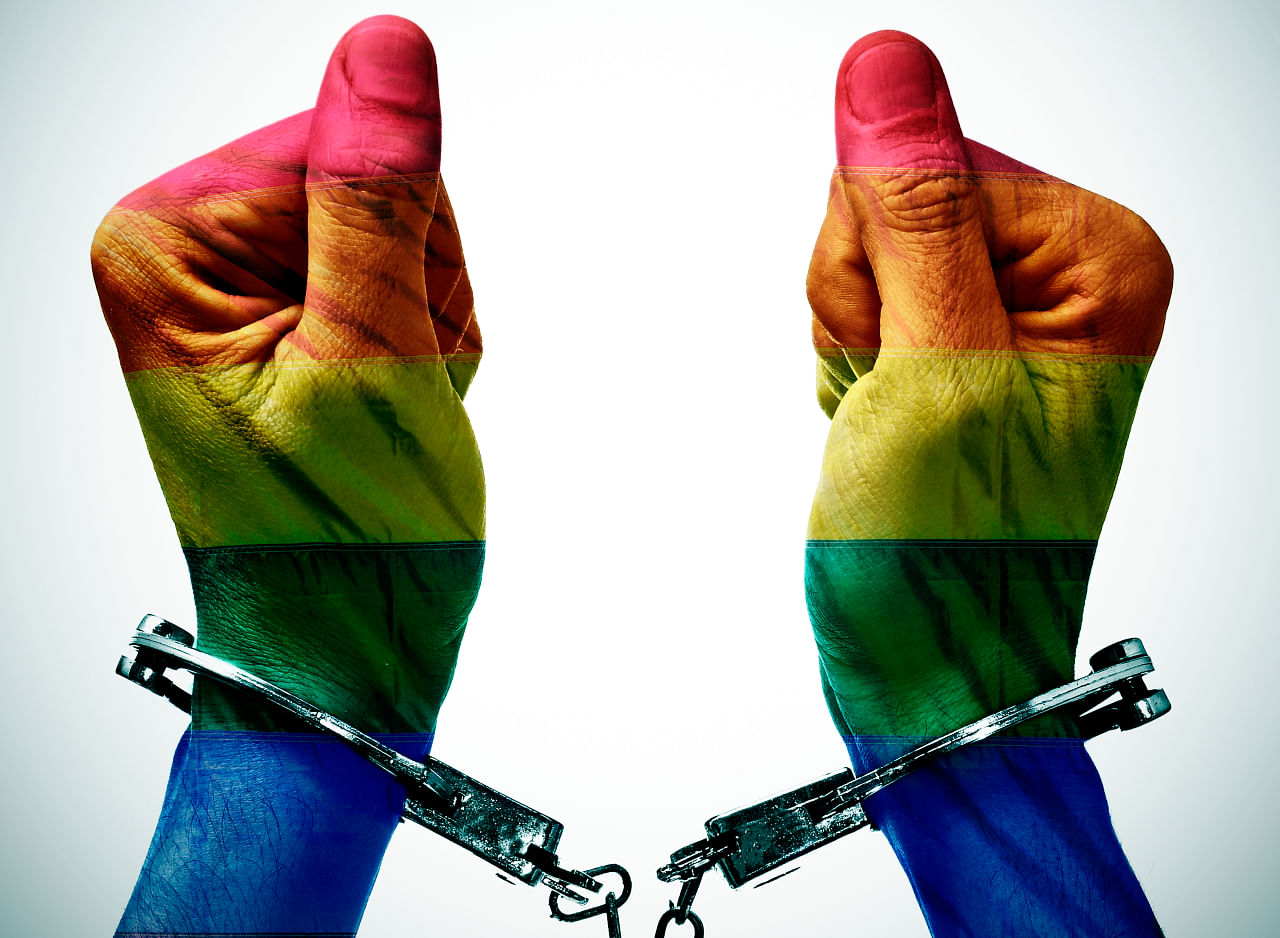
Every year, the National Crime Records Bureau (NCRB), which is part of the Ministry of Home Affairs under the Government of India, publishes a report called Prison Statistics India. It contains valuable data for policymakers, advocacy organisations, and researchers; therefore, digitised editions of reports from 1995 to 2019 are available on the NCRB website. Until 2019, the report data on prisoners was collected under two categories – male and female. On December 7, 2020, the Government of India told the Delhi High Court that it would include ‘transgender’ as a separate category to classify prisoners for the PSI report on this year’s data.
Why is this a significant development? In a report titled Lost Identity: Transgender Persons Inside Indian Prisons (2020), published by the Commonwealth Human Rights Initiative, Arijeet Ghosh and Madhurima Dhanuka write, “There is one group which remains largely invisible within prisons, which has received little, if at all any, attention in the Indian prison reform discourse. This group comprises prisoners belonging to lesbian, gay, bisexual, transgender, intersex (LGBTI+) communities. While there is much international discourse on the issue, similar discourse in India on LGBTI+ communities and prisons is still evolving.”
Being counted is necessary to enjoy rights guaranteed by law; therefore, the decision to maintain accurate information on transgender prisoners does come across as a step in the right direction. The NCRB was compelled to take this step in response to public interest litigation initiated by legal journalist Karan Tripathi. His petition argues that non-recognition of a separate transgender identity would leave transgender prisoners “extremely vulnerable to harassment, violence and sexual assault in jails and also by the police.”
Unfortunately, this petition conflates the terms ‘transgender’ and ‘third gender’. In doing so, it fails to take into account the lived experiences of transgender persons and collectives that have articulated their critique of the Supreme Court of India’s judgement on transgender rights (National Legal Services Authority versus Union of India) in 2014, and of the Transgender Persons (Protection of Rights) Act, 2019. While there are transgender people who also identify as ‘third gender’, not everyone who is transgender wants to identify as ‘third gender’.
In a blog post titled ‘Not Just Unconstitutional’ published on Medium.com in July 2020, transgender rights activist and law student Kanmani Ray indicates that she vehemently rejects the use of the word ‘third gender’ as “a catch-all term” for transgender people. She writes, “It reinstates a sexist exclusionary hierarchy (violating Article 14 & 19). If every transgender person is supposed to be referred to as a third gender person, then who is the first gender? Cisgender Men? Then will cisgender women accept the status of ‘second gender’ under the Constitution?”
These are valid concerns, not semantic squabbles. The ‘transgender umbrella’ includes various identities such as hijra, kinnar, jogappa, kothi, aravani, shiv-shakti, nupi manbi, genderqueer, agender, non-binary, genderfluid, and others. Many of them do not self-identify as ‘third gender’. While any attempt to remedy the erasure of transgender people from official documentation and policy mandates is worthy of applause, it is advisable to tread with caution while dealing with data collection processes. The act of being recorded often involves being put into a box.
The NCRB has committed to a two-day online training programme to sensitise officials about collecting data on transgender prisoners. This effort can help counter prejudice and stigma if it is thoughtfully designed with the involvement of experts and facilitators from transgender communities. If data collection brings up fear, that must be acknowledged. Vulnerable communities know that data can be used as a tool or a weapon; to improve their living conditions and secure their rights, or to target them with surveillance and acts of violence.
The dehumanisation of transgender persons in Indian prisons is deeply linked to our colonial history. Ghosh and Dhanuka write, “Violence against the LGBTI+ community, and in particular the hijra community is believed to have had its roots in laws legislated during colonial India. A prime example was the Criminal Tribes Act, 1871, which was legislation entrenched in British colonial morality and ethos...The Act designated certain communities and tribes to be criminals from birth wherein criminality was being passed on from one generation to another.”
There are other questions that arise: What is being done to ensure that transgender prisoners feel safe to come out as transgender? If they suspect that self-identification will make them more susceptible to police brutality, or physical violence and psychological abuse from fellow prisoners, why would they place themselves at risk? Is it even ethical to push them to come out in order to become data before the infrastructure to support them is in place?
(Chintan Girish Modi is a writer, educator and researcher who tweets @chintan_connect)
The views expressed above are the author’s own. They do not necessarily reflect the views of DH.